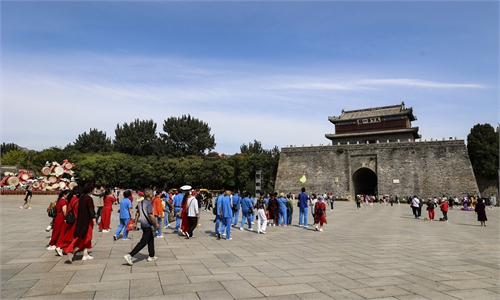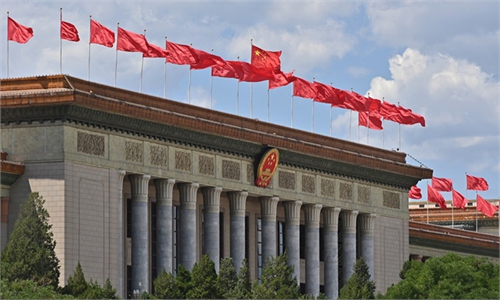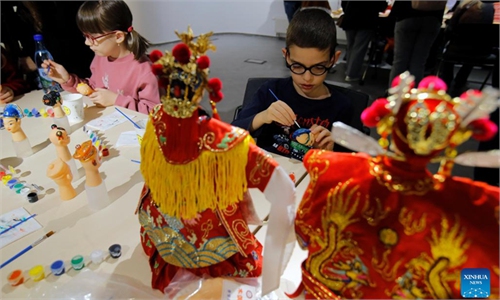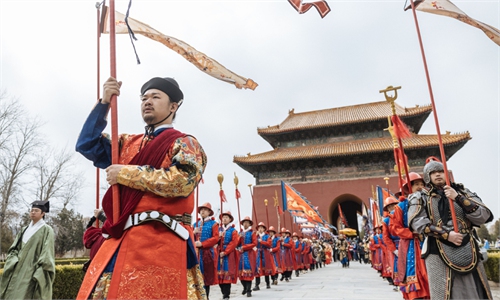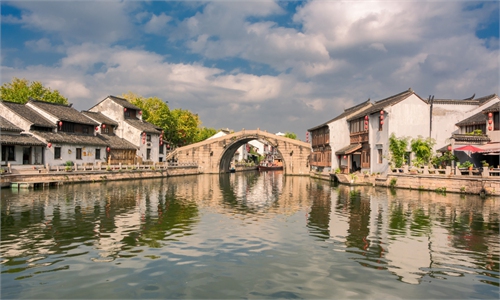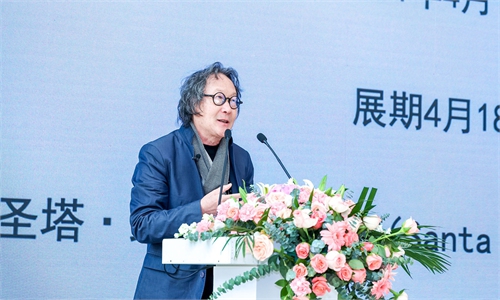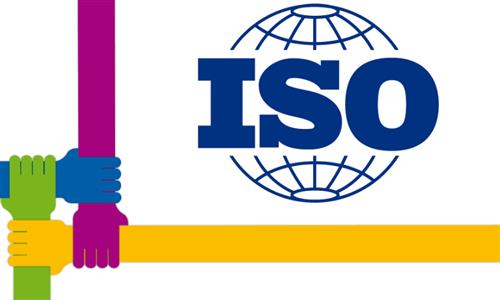ARTS / CULTURE & LEISURE
Xizang keeps advancing cultural relics protection projects
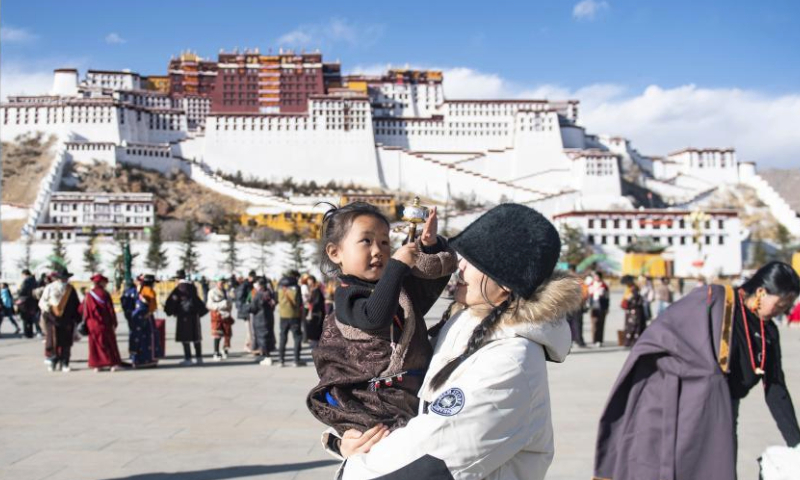
People visit the Potala Palace square in Lhasa, southwest China's Xizang Autonomous Region, Feb. 11, 2024. Photo: Xinhua
Southwest China's Xizang Autonomous Region has completed 125 special subsidy projects for national and regional cultural relic protection in 2023 as the region continued to advance the protection of key cultural relics, according to a recent conference held by the Xizang Cultural Heritage Bureau.
In 2023, Xizang applied for more than 100 million yuan in special funds from the national and regional governments, implementing 14 cultural heritage protection projects, Zhao Xingbang, Party secretary of the bureau, said at the conference.
The region completed the registration and documentation of movable cultural relics in 575 temples and monastery collections, and conducted a research of 59 significant stone tablets and inscriptions. Among them, 15 inscriptions were included in the first batch of ancient stone tablets and inscriptions catalog published by the National Cultural Heritage Administration.
A total of 2 million visitors visited the 43 museums, exhibition halls, and memorial halls in the region in 2023, said the bureau.
Moreover, local authorities also strengthened the function of modern technological innovations in cultural relic displays and protection, establishing a smart service platform at the Zizang Museum and Norbulingka while upgrading the ticketing system of the Potala Palace and implementing the digital preservation of the murals at Zhatang Temple.
Technological breakthroughs have been made in the preservation environment of ancient Tibetan scriptures and palm-leaf manuscripts, enhancing technological innovation and promoting the integration of cultural relic preservation and utilization through modern technologies.
